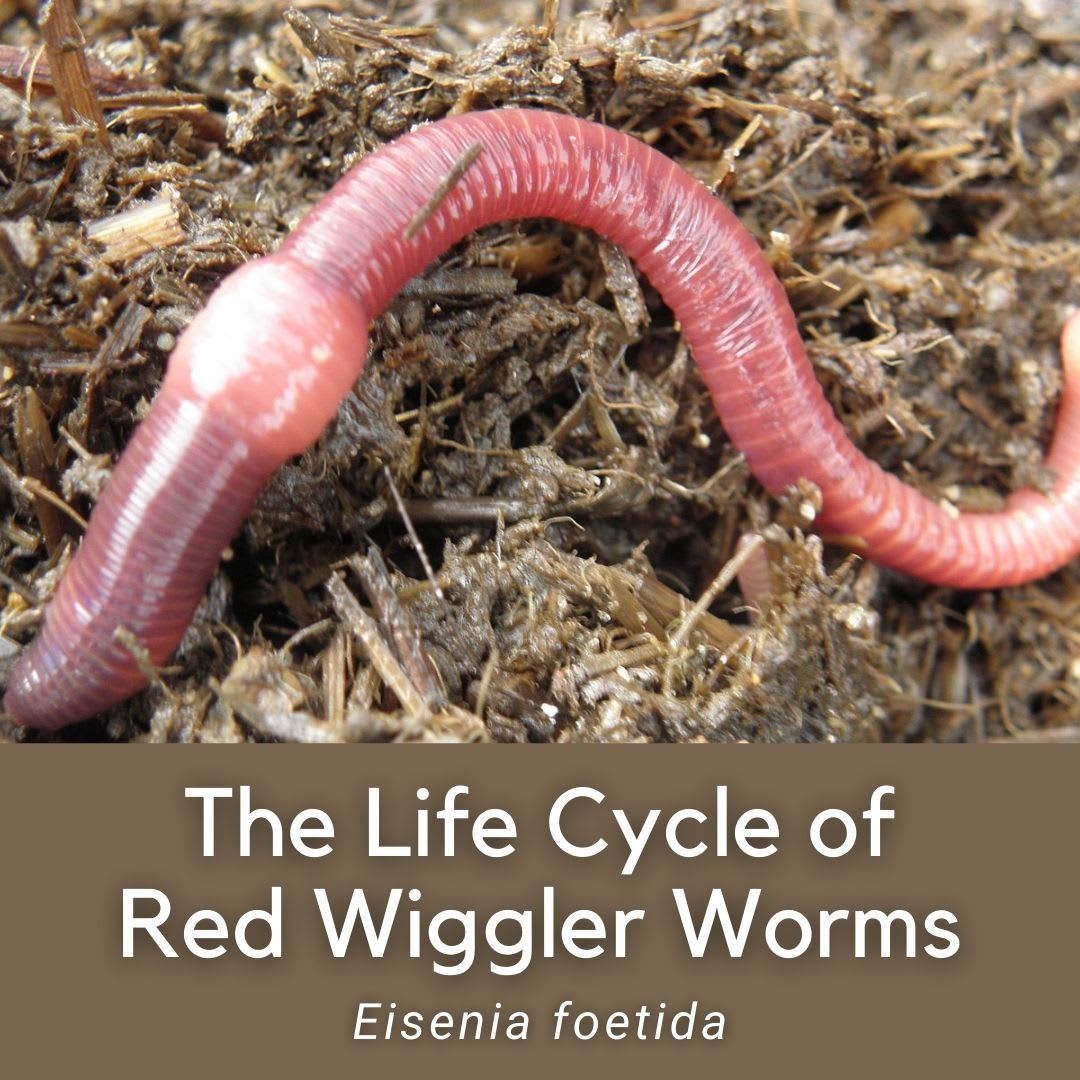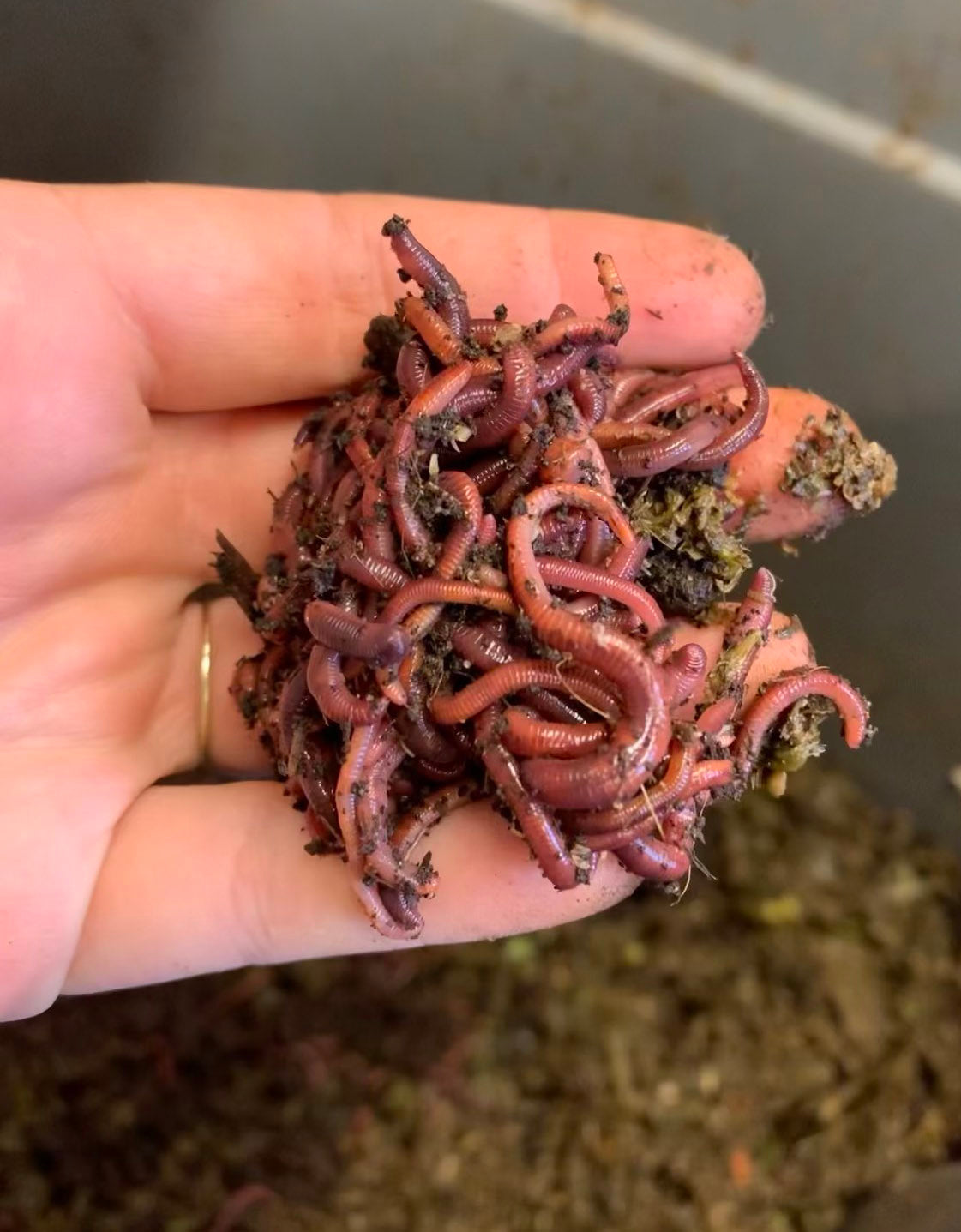The Unbelievable World of Red Wigglers: Increase Your Dirt Fertility Today
These little yet effective organisms transform natural waste right into beneficial worm spreadings, dramatically boosting dirt health and wellness and promoting sustainable practices. As we check out the advantages of vermicomposting and the useful steps to develop an efficient worm bin, the potential impact of these worms on your horticulture success ends up being progressively evident.
Comprehending Red Wigglers
Red wigglers, medically called Eisenia fetida, are a species of earthworm that play a crucial role in improving soil fertility. These worms flourish in organic-rich settings, such as compost piles and decaying plant product, where they eat organic waste and excrete nutrient-dense castings. Their unique makeup, including a fractional body and a clitellum, enables them to reproduce swiftly and effectively process large quantities of raw material.

The eco-friendly value of red wigglers prolongs beyond plain waste handling; they add to the dirt food web, cultivating a diverse community of microbes that better boost soil health. Recognizing the biology and behavior of red wigglers is essential for harnessing their complete capacity in lasting agriculture and horticulture methods.
Benefits of Vermicomposting
(Red Wiggler Express)Harnessing the power of red wigglers through vermicomposting deals many advantages that substantially enhance dirt health and fertility. Among the primary advantages is the production of nutrient-rich worm castings, which are a superb natural fertilizer. Red Wiggler Express. These castings consist of crucial nutrients like nitrogen, phosphorus, and potassium, promoting durable plant growth and improving plant returns
Furthermore, vermicomposting enhances soil framework and aeration. The existence of worm castings improves soil texture, enabling for much better water retention and drainage. This balanced moisture level is essential for origin advancement and the general health and wellness of plants. Red wigglers help break down organic matter, increasing decomposition and recycling nutrients back right into the dirt.
Vermicomposting likewise cultivates microbial task, which is essential for a healthy dirt environment. Beneficial bacteria grow in the existence of worm spreadings, helping in the malfunction of organic materials and enhancing nutrient accessibility to plants.
Finally, vermicomposting acts as a reliable waste administration remedy, reducing garbage dump waste by reusing kitchen area scraps and various other organic products. This not just adds to ecological sustainability but likewise promotes a round economic situation within horticulture and farming.
Just How to Set Up a Worm Bin
Setting up a worm bin is a simple process that can dramatically boost your composting initiatives. Begin by picking an ideal container, which can range from a readily readily available worm bin to a straightforward plastic or wooden box (Red Wiggler Express). Ensure the container has appropriate air flow; tiny holes in the cover and sides will facilitate air flow
Next, develop a bed linens layer to supply a comfy setting for the red wigglers. This can be made from shredded paper, cardboard, or coconut coir, dampened to a wet, sponge-like consistency. Fill up the bin to around one-third full with this bed linen material.
When the bed linens is prepared, it's time to present the worms. Red wigglers flourish in organic waste, so area them carefully onto the bed linens. Cover the worms with a light layer of extra bedding to aid them adapt.
Feeding Your Red Wigglers
Offering the right food for your red wigglers is essential for their health and the performance of your composting system. Red wigglers flourish on a varied diet plan, largely including organic materials such as vegetables and fruit scraps, coffee premises, and shredded paper. These products not just supply vital nutrients however likewise add to the microbial activity in the worm bin, which is essential for the worms' food digestion.
It is very important to stay clear of certain foods, such as dairy items, oils, and meats, as these can draw in parasites and develop unpleasant odors. Additionally, citrus peels and excessively zesty foods must be limited because of their prospective to harm the worms. A balanced approach to feeding entails keeping track of the quantity of food presented to the bin, making sure that it is eaten within a practical period to stop excess waste accumulation.
To promote optimal food digestion, it is beneficial to chop or shred larger food things prior to adding them to the container. This method raises the surface for microbial activity, facilitating quicker decay and boosting the overall performance of your composting system. On a regular basis observing the worms' feeding practices will aid you readjust their diet regimen as required.
Utilizing Worm Spreadings in Your Garden

(Red Wiggler Express)Including worm castings into your yard can be achieved by blending them right into the dirt or using them as a top clothing. The slow-release nature of these spreadings makes sure that nutrients are offered to plants over an extensive duration, reducing the need for artificial fertilizers. Additionally, worm spreadings include valuable bacteria that promote healthy and balanced soil communities, boosting the total durability of your yard.
To make the most of the benefits, purpose to apply about one part worm click this site spreadings to 3 parts soil in your planting beds. Routine applications can result in improved crop returns and healthier plants, making worm castings an invaluable resource for both amateur and experienced garden enthusiasts alike. By using this natural modification, you can cultivate a growing garden while adding to sustainable gardening techniques.
Conclusion
In final thought, red wigglers exemplify the essential duty of vermicomposting in boosting soil fertility. Their capability to transform organic waste into nutrient-rich spreadings considerably enriches dirt structure and sustains microbial diversity.